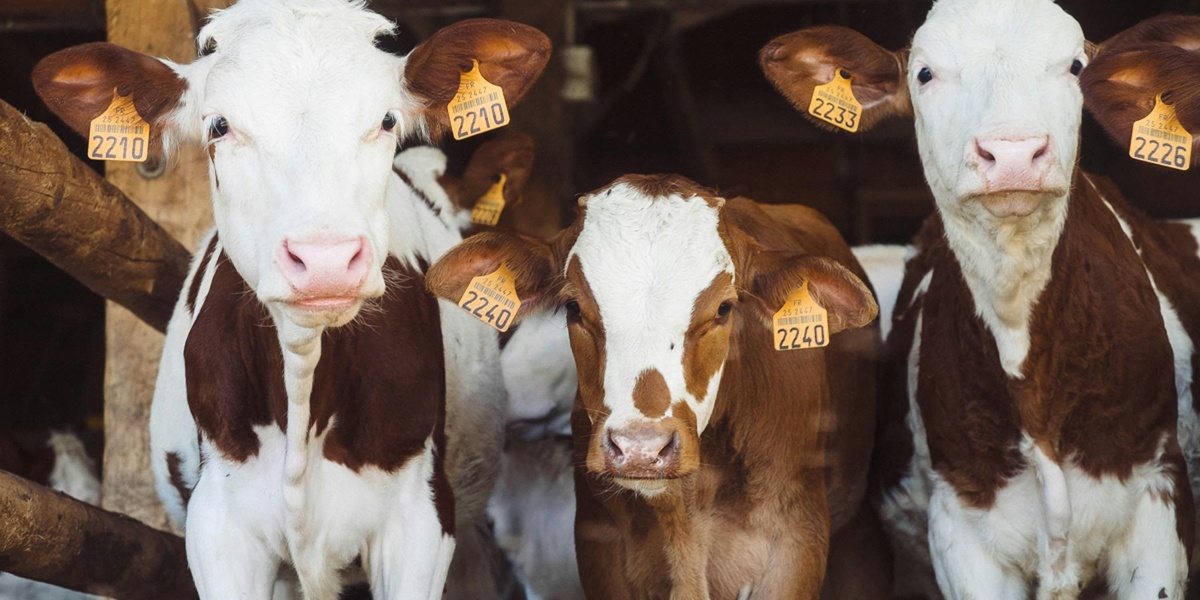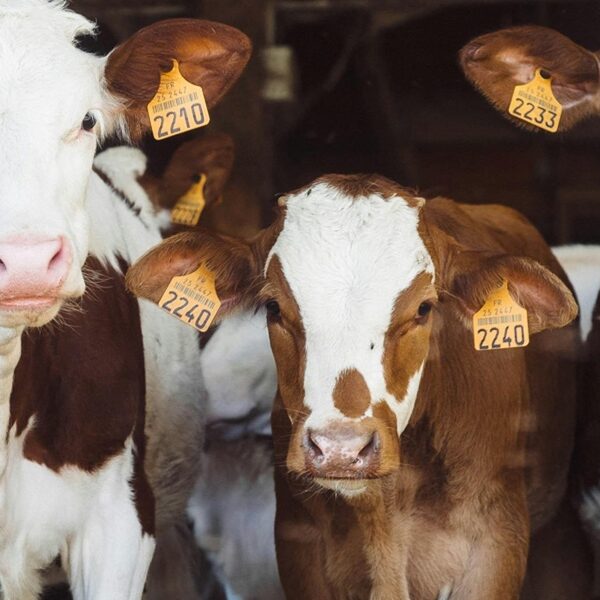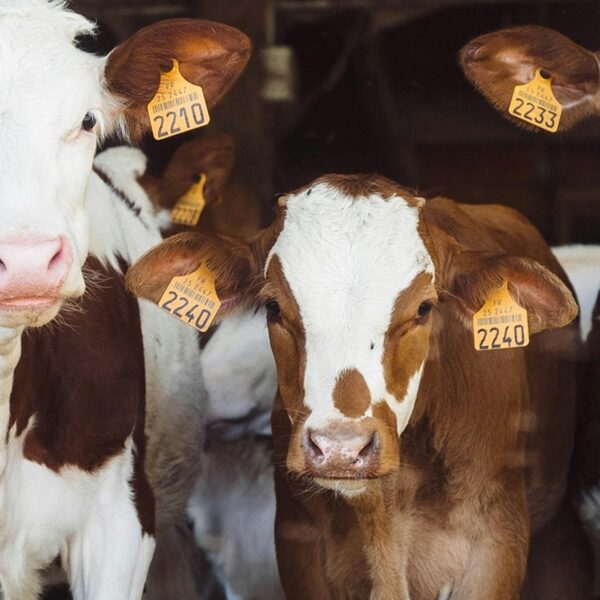0 results: No commonly kept farm animals begin with the letter U when you restrict the list to species-level animals raised for meat, milk, eggs, fiber, labor, or aquaculture. This conclusion follows standard production lists and taxonomic references such as FAO country production reports, FishBase for cultured marine species, and global species registries (ITIS, GBIF). English common names that start with U are rare for domesticated or widely farmed species, so the letter yields no entries for a global A–Z farm-animal index.
This absence reflects language and practice. Major groups that supply food and fiber (cattle, sheep, goats, pigs, poultry, farmed fish and shellfish, and commonly cultured insects) have English names beginning with other letters. Many U‑words name wild animals, regional vernaculars, or breeds and strains rather than distinct species kept for production; breeds and local varieties are excluded by the criteria. Taxonomy and agricultural history therefore produce few or no bona fide farmed species starting with U.
Consider a few near matches and useful alternatives. Sea urchins (commonly called “urchins”) are the closest aquaculture match in some regions, because they are cultured for roe, but they rarely appear in general farm‑animal A–Z lists and are usually listed under “sea urchin” rather than a standalone U entry. Wild or managed species with U names—such as the urial (a wild sheep) or reptiles like uromastyx—exist but do not meet the production criteria for typical farms. Use FAO and FishBase sources when compiling farmed‑species lists, or broaden your search to animals with U in their scientific names or to regional lists where uncommon, locally farmed species might appear.


